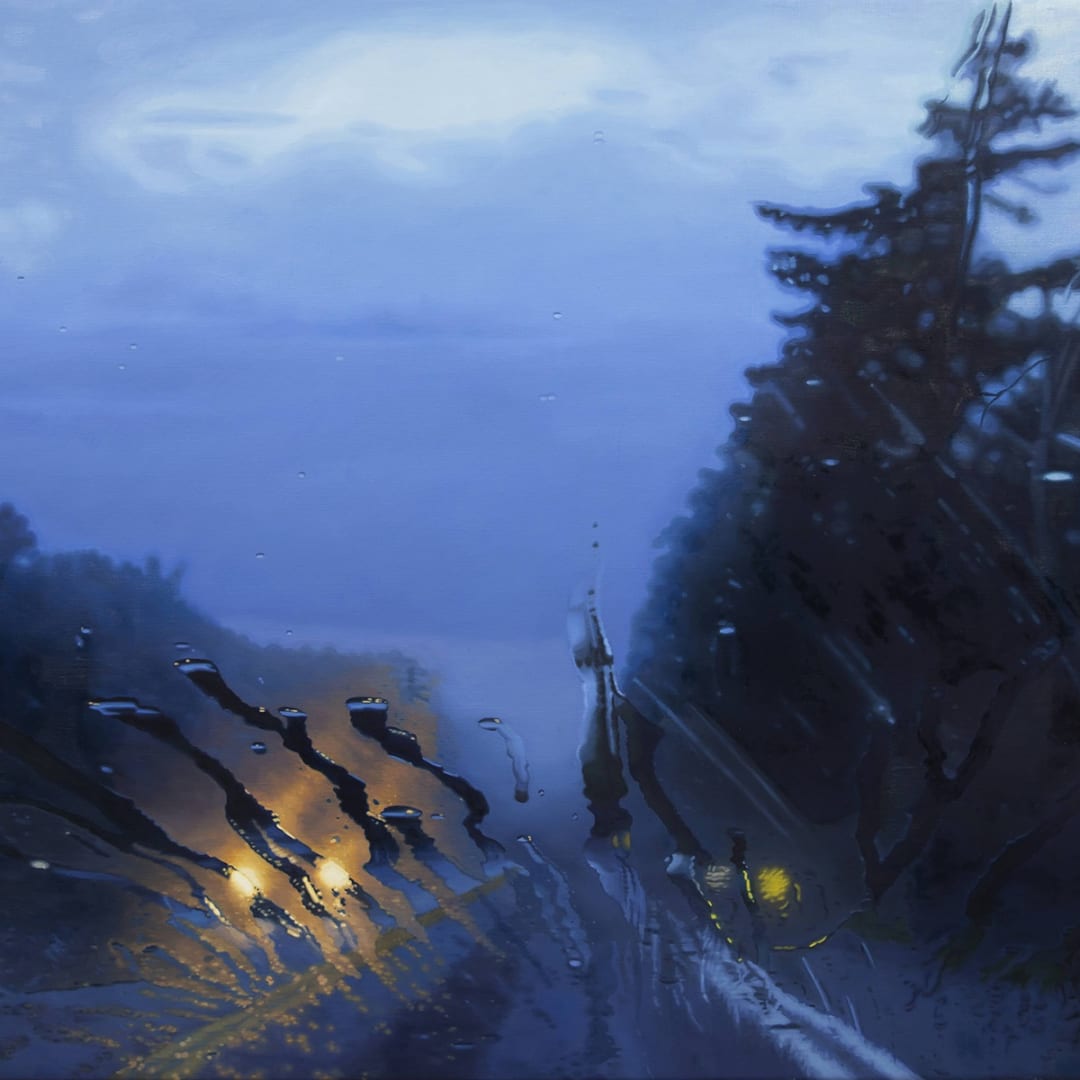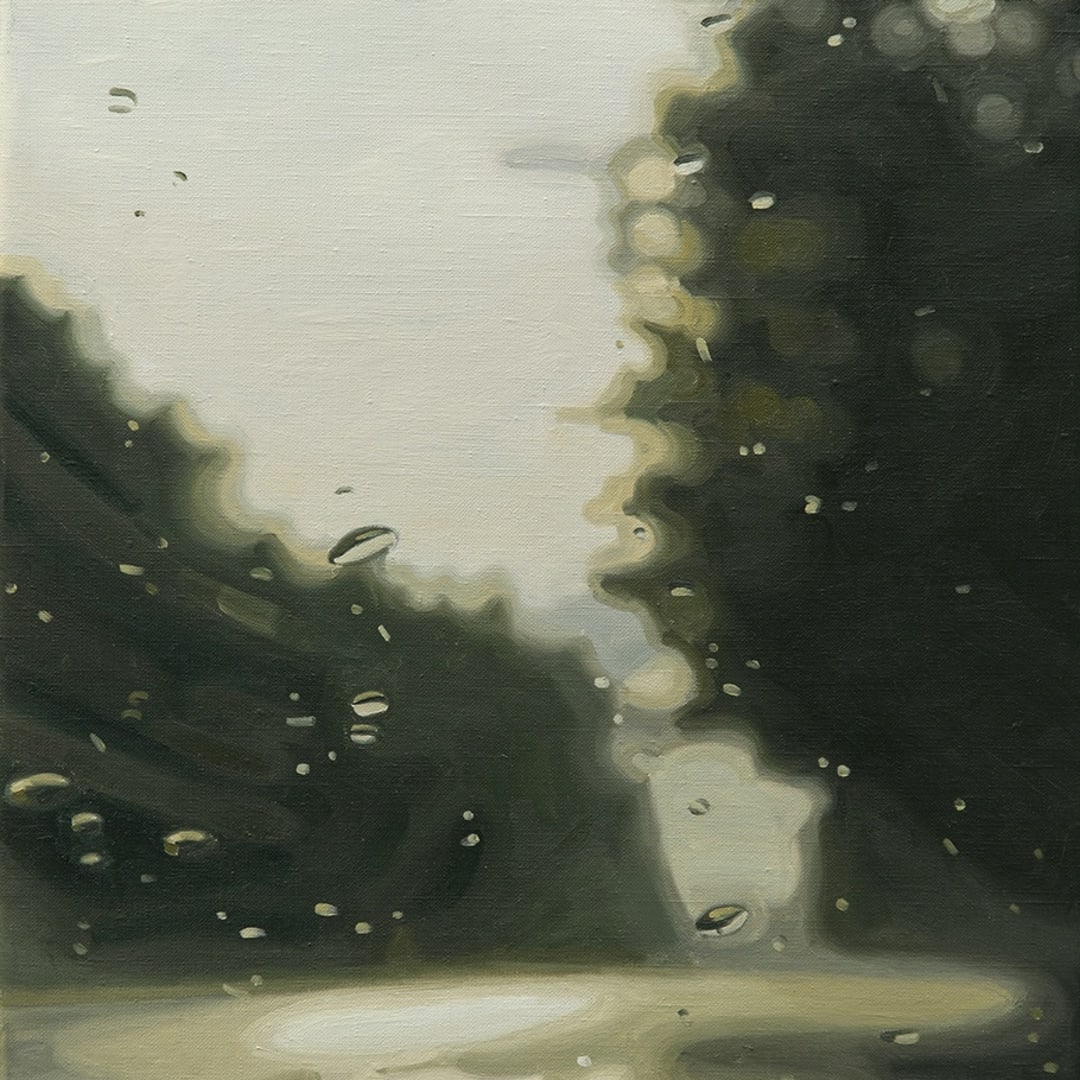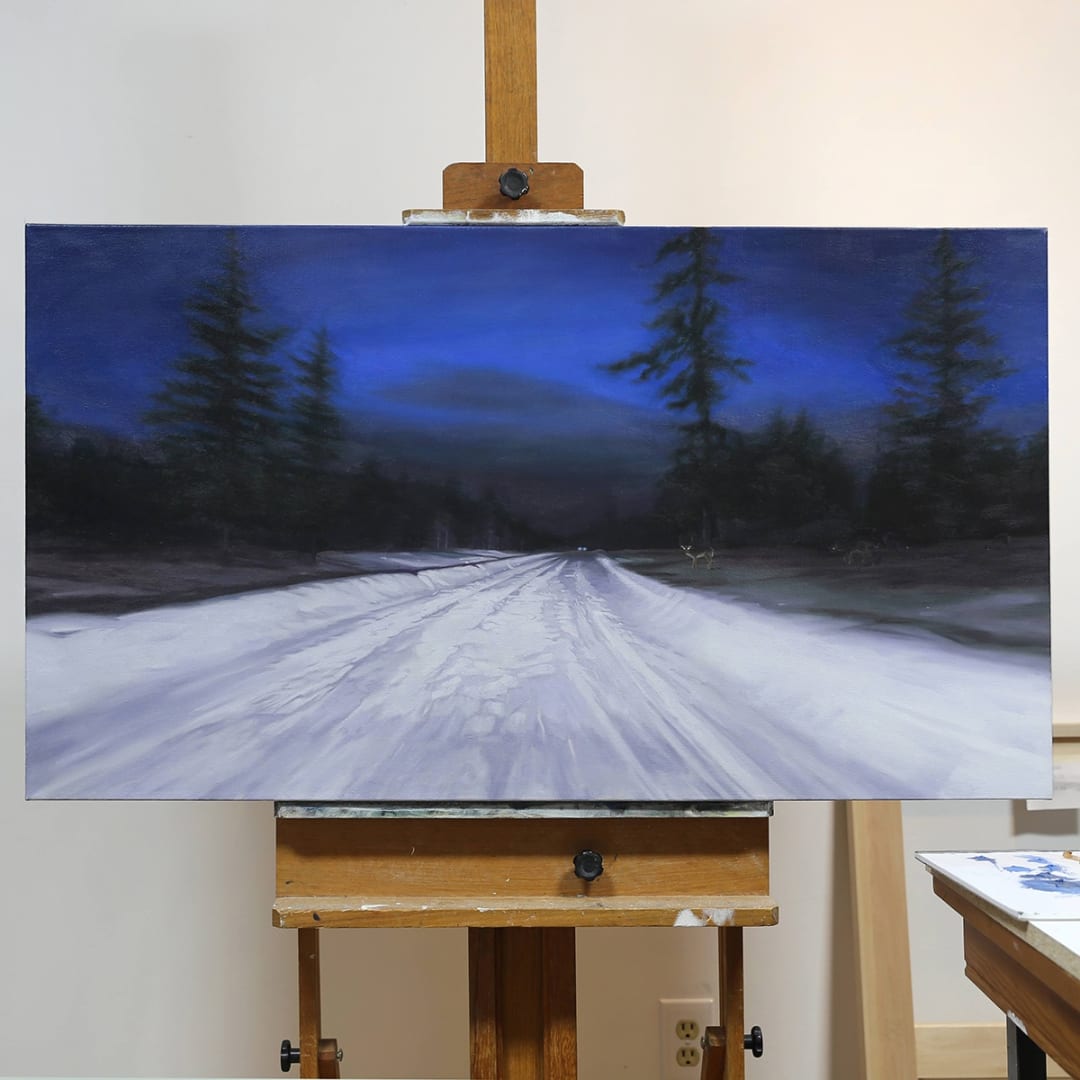→ Informations: info@lefeuvreroze.com
Read the interview with Gregory Thielker, by Sasha Bogojev of Juxtapoz magazine, from 4 October 2017.
In this tumultuous era we live in, it's crucial to be able to see reality with different eyes. Even in hope to find alternative solutions for our seemingly continuous problems and struggles. And this is where artists and creatives have a chance to look at and present things in a different way than the media or leaders tend to. In light of all this, Gregory Thielker is about to open his second solo show with New York City based Castor Gallery on October 12th. Unmeasured aims to investigate the landscapes of the US and Mexico border, which looks like "Richard Serra in Wild West" as artist himself described them, through a series of photorealist black and white watercolour paintings. Portraying the landscape that is interrupted by severe human intervention and activity, Thielker is trying to quantify and predict how the border shapes the environment it occupies. We had a chance to talk with the artist about this intense body work and ask him about ideas or visions behind it as well as aspirations for its future.
Sasha Bogojev: How would you describe the work you've prepared for your NY show?
Gregory Thielker: For over a year, I've been traveling to different parts of the US Mexico border to create paintings of the diverse territory around the wall. There is a lot of discussion in the media about the wall and the people who cross the border but I wanted to explore the issue first-hand and painting is my method for unpacking what I observed.
Sasha Bogojev: When and how did you come up with the idea to produce such body of work?
Gregory Thielker: About ten years ago, I started playing with the idea of creating a sequence of paintings that would be generated by following an element in the landscape -a road, a mountain range, a border- and using the series of paintings to describe the experience. I have used this method for other projects in Afghanistan, India, and El Salvador. The US Mexico border appealed to me from the beginning because it represented a line through the land, a division which can be located but its effects is beyond measure. For me painting has always been about testing what I see, absorbing and rebuilding.
Sasha Bogojev: Why did these settings, locations resonate with you as a motif for your drawings/paintings?
Gregory Thielker: The border territory takes many forms -starting at the Pacific Ocean with San Diego/Tijuana, moving through the Sonoran Desert, and reaching the Rio Grande. For each section, I would try to get as close to the actual border as I could- in the cities, I would observe the streets and checkpoints, and in remote place I also had to deal with the expanses of land or rising mountains. I always felt that there was something unexpected just over the next hill. The wall itself was also varied, taking on different shapes and styles, stopping and starting. While being there could feel isolating, I also sensed this incredible emotional weight. There were traces of people crossing, like clothing, backpacks, and food, which generated more questions than answers.
Sasha Bogojev: What technique did you use for these pieces?
Gregory Thielker: When I was at the border, I did a lot of watercolour sketches and photographs. These became my sources for more intensive paintings in the studio. I appreciate that this method gave me several chances to revisit each image -slowing the process down. For this project, I focused mostly on watercolour. It's a fast method compared to oils, buts it's also incredibly direct. I pushed watercolour into a darker range -restricting my palette to only black paint, and building shadow and transparency to imply the mystery I felt at the site.
Sasha Bogojev: What is the idea behind using the actual sand from the locations in your work?
Gregory Thielker: Using the sand, soil, and stones from the actual sites actually came about spontaneously while I was painting on site. I was trying to break up a wash that was still wet on the paper and just grabbed a bunch of sand and threw it onto the paper. After that I started to grind it into the paint I was making -I mixed several black powder pigments together along with a binder recipe for watercolour. The fugitive quality of watercolour is one of my favourite parts of the medium.
Sasha Bogojev: Did the recent political climate influence the work in any way?
Gregory Thielker: I think that legislation about the border wall and migration have people thinking and talking a lot more, but it's important to recognize how the border has functioned (or not) in the past and how changes could affect people going forward. It's been important to me to visit and spend time in places along the border and to speak with people whose lives are connected it. As an artist, I actually find painting to be a useful way of opening discussion -people can see me working outside, recognize what I am painting, and share their own stories and associations.
Sasha Bogojev: Do you have any wishes on what these pieces should trigger with people?
Gregory Thielker: Despite the realistic style of these works, the stories that have happened in each place, whether historic battles between armies or migrants crossing in the night, are abstract. We can sense what is happening but never understand it fully. To me, painting is a means to expose this underlying tension- like running a finger across your skin to sense the muscle, blood and bone underneath.
Sasha Bogojev: Are there any plans on continuing this series in any way?
Gregory Thielker: Now that I have travelled along the border, I hope to continue this work by staying longer in a few areas. I've been fortunate to learn from other artists and locals about the issues related to this topic and so I'm also hoping that collaborations can expand the scope of the project. Strangely, I find that the portraits I have begun have the same unknowable quality as the views of the wall; I can glimpse fragments of a person's history through a portrait, but i's beguiling and incomplete.
Sasha Bogojev: What other shows projects do you have planned for this year.
Gregory Thielker: This exhibit will travel from New York to Clark University in Massachusetts and Brown University in Rhode Island and I hope to add new paintings as I finish them. For me, the project is ongoing. New exhibits will be a chance to foster discussion about the topic and involve students in the process of interviewing people about the border and their experiences. I'm also planning to meet with more immigrant support groups in New York and Washington DC.




